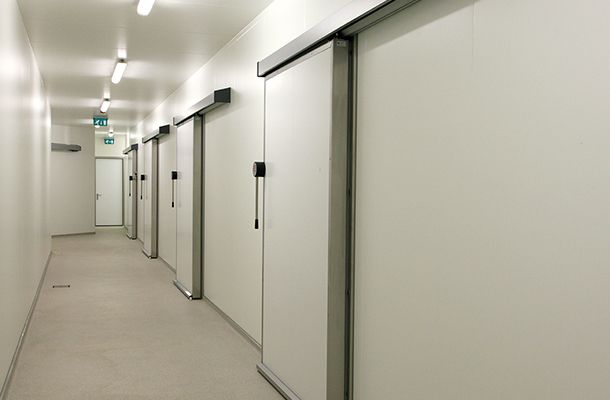Close your doors to trouble
Tags: Hatchery management | Blog
, 7 July 2022

One of the things I like to highlight when talking about incubation is optimal hygiene in the hatchery. By hygiene, I mean all the conditions and practices that help to prevent the introduction and spread of disease. The warm, humid environment of the hatchery is ideal for pathogens such as bacteria and fungi to flourish. Of course, not all bacteria are necessarily bad, but some can cause disease, and these small organisms will thrive and multiply quickly if left alone. We must therefore maintain our vigilance!
Contamination sources can be anything that enter the hatchery, such as eggs, people, air or pests. While your hatchery will never be 100% free of pathogens, proper hygiene through monitoring, cleaning and disinfection can help control them to a certain extent. However, any breach in hygiene can reduce hatchability or chick quality, not to mention the economic losses it can cause. Hygiene, therefore, is key to every training that I give and every visit that I make.
During a recent consultancy visit to one of our clients, this topic came up again. Before entering the hatchery, I had to fill in a form providing information such as my last contact with poultry, have a mandatory shower and wear company clothing. When I went in, I saw that the hatchery had a good unidirectional routing system in place, to prevent clean areas and objects coming into contact with dirty areas. Also, the cleaning and disinfection procedures seemed to be in perfect order: so far, so good!
Later, after a morning of hard work, our stomachs began to rumble. At around noon, as we headed towards the canteen, I saw a lot more people with the same idea: lunch! But then, when I entered the canteen, I saw personnel from all the different zones sitting and chatting and eating together. Plus, the whole time, the person delivering the food was walking in and out to the vehicle through the open side entrance to the hatchery. My good impression of this hatchery’s hygiene status was somewhat diminished as a result. Of course, I understand that people want to eat their lunch together, and that you sometimes need to cross walking routes for the sake of convenience. However, as hatchery manager, you have to ensure that your personnel can easily follow the correct procedure (or they won’t stick to it) and therefore maintain hygiene standards.
Corporate blindness happens to all of us. And this time, all it took was one meaningful look at the hatchery manager to register a point of improvement. Luckily, it was an easy problem to solve this time. You can apply the ‘clean should never meet dirty’ rule to eggs, people, air and objects. Delivery staff can deliver the food to the hatchery entrance, and rotating shoe brushes and hand wash stations can be installed between different zones so that the canteen does not become an area of cross contamination. Also, staff can take breaks in shifts, or separate canteens can be used for dirty and clean areas. Or, you can take a conscious decision to allow this type of hygiene breach during lunch, for the sake of a happy workforce! You can think of hygiene as a row of dominoes; you can have everything neatly in place, but if you are careless with just one piece, the outcome can be very different from that intended.
Written by Eline Holtslag
Incubation Specialist
I welcome your feedback on this article - and if you require any additional information, please don't hesitate to contact me.